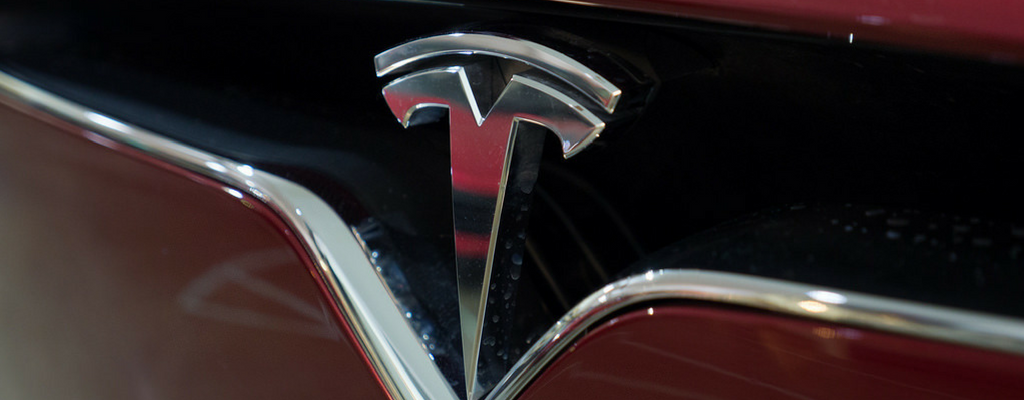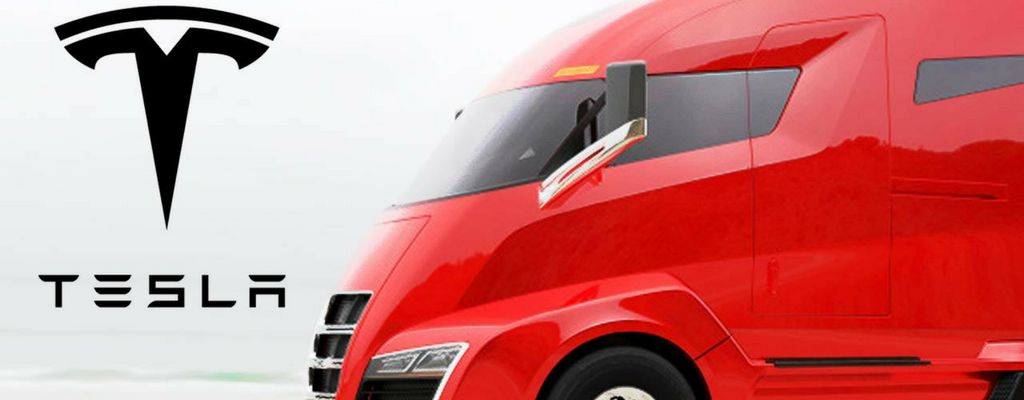Resurrection of Nikola Tesla: Would Elon Musk’s Electric Semi-Truck Relaunch the Energy Wars?
Think of something so profound and ahead of its time that it merges the lines of imagination, fiction, hope, and science. Now think of Nikola Tesla. A mind so great, that it could easily rival that of Albert Einstein. Nikola Tesla introduced the world to ground-breaking inventions, the most celebrated being alternative current and wireless connectivity. One of his most visionary concepts was the prospect of free energy. He believed that the universe has free energy flowing constantly around us, and we could harness it, reducing the pressure on natural resources. However, the history of the ‘Current’, or ‘Energy Wars’ is known to all of us. Now, close to a century after his brilliance, the company, inspired by his vision, is ready to push the envelope in the new ‘Energy Wars’!
Energy Wars 2.0
The industry was abuzz with the electric semi-truck and then Toyota officially threw its hat in the race. If the main price is ‘Clean Energy’ then Toyota wanted to make its presence felt with ‘Hydrogen fuel cells’. These hydrogen cells, it is claimed, have zero emission rate. Toyota’s announcement, in itself, is staggering, but what has turned the news into an exciting faceoff. It’s not just Toyota, but Hyundai, Honda, and General Motors who have delved into the clean energy market. However, it wasn’t a project that they popularized due to lack of a structured time line. These companies have been at the forefront of innovation with their robotics and future technologies departments, but they never had a commercially viable plan for the same. With Elon Musk’s layout of the electric semi, suddenly fiction has turned into reality and everyone is pitching in their own plans. Would it be the greatest rush to the finish line in recent memory? We had seen the Cold War, the Cola Wars, or more recently, the Console Wars. Would the reinstated Energy War bring the next leap in development?
Within this Energy War, there are many different battles. Each battle would work to set-up the final victorious player.
Battle to Reach the Market!
There are many instances where one technology beat another to the market, and that other technology died a slow death. The most famous example is VCR and Betamax. With superior technology, Betamax couldn’t capture the market of the VCR, primarily because it reached consumers three years later. Creating a brand or solution association in the mind of the consumer is very important. In this energy war, if one of the players manages to establish their technology, say the hydrogen cell, as ‘Clean Energy’, then they would potentially shut off the association of electric engines as a similar solution. Companies often launch a sub-standard product just to enter the market, and then improve quality with updates. If Tesla manages to storm the market with their electric semis before Toyota, or some popular startups such as Nikola Motors (Hydrogen Cells), then Tesla would succeed in establish themselves as the winner here. Elon Musk, with a single tweet, has already taken an unassailable lead here.
People have already begun associating Tesla as the torch bearers, and Toyota, General Motors, Honda, & Hyundai, as followers. It is important to note that these companies had been already dealing in hydrogen cells for military and industry uses. But the commercial logistics market was broken open by Elon Musk back in July 2016, when he launched his ‘Master Plan: Part Deux’ stating a possible entry in all forms of terrestrial movement.
Battle for Efficiency
If you remember the previous energy war, you might recall stories of electrocuted animals placed near Nikola Tesla’s labs, where he worked on Alternating Current. The question then was, ‘Is This Safe?’. The question would arise once again. Electricity vs Hydrogen Cells. Who would win? Efficiency and sustainability might stack the benefits for hydrogen cells, but the cost efficiency might favor electricity, simple because electricity is freely available everywhere.
It remains to be seen how Tesla’s performance measure up against that of the hydrogen cell. But Tesla already a lot of expertise in electric engines. You must remember, Toyota might want to streamline its clean energy protocol, but Tesla does this for a living. It has created its own niche in the sector.
Battle for Innovation

Tesla Truck on the High Road
Elon Musk has become one of the wizards of our generation. Tech wizards don’t write spells, they write codes, they create designs, and they execute strategies. Elon Musk, with his various innovative endeavors, has already raised his image to one of a visionary. This image would be one that would benefit the electric semi-truck greatly. This impending energy war is not hidden from anyone, people would be expecting a rush of innovative features coming their way, with one being more disruptive than the last. Tesla would have an advantage here because of one very human emotion. People want to be on the winning side. With Elon Musk’s image as an innovator, and Tesla’s penchant for technological achievements, the electric semi-truck might appear to be in the lead, which would attract many advocates and early adopters.
Battle of the Penny-Wise
While innovation is a major defining factor in the energy war, the other aspect of it is cost-factor. How would these companies punch-out the highest value for money? Many small costs, including cost of research and development would need to be structured around the final product. The product would have to be feature heavy and cost light. The balance would have to be set in a way to make it seem appealing to the prospects. It should be noted that there would be an awareness and learning process for the consumer, which the company would have to account for. The company would have to pre-solve any problems that the consumer might have later.
Battle to be User-Friendly
A common mistake with innovation is that it often goes overboard. For the consumer, the vehicle would be a substitute for the current semi-truck. The company that convinces the consumer that the transfer of usage to their new vehicle would be seamless, would eventually win this battle. History is rich with instances where consumers rejected amazing products which they deemed too complicated to use. Ease of use would become the primary fighting point in this war.
Battle of the Savior

Tesla: A Symbol of Innovation
Who would be second best? They are two possible outcomes for the first person to the finish line. Either they might win and win big, excelling in all the above battles. Or, they might lose followers due to inefficient design, errors, and mismanagement. In such a scenario, the next-best-model might spring up as a savior, and be celebrated as such. Here, if the first mover might come back with the best updates raising its level far above that of the savior, it still won’t be able to change the memory of the first failure. This opens the market to the ugly side of competition. We won’t see electrocuted animals laid out strategically, but we might witness aggressive positive, as well as negative marketing.
With the Energy War looming over our heads, each of the warrior companies would want to be the first to reach the market, with the best features, the lowest cost, and the most potential for positive upgrades. They would, importantly, want to do all this right while racing against time and with the eyes of the world on them.
Image Credits:
Cover Image: Teslarati.
Red Tesla Long Haul Truck: Autoconomy.
155 3









I was just looking for this info for a while. After 6 hours of continuous Googleing, finally I got it in your web site. I wonder what’s the lack of Google strategy that do not rank this type of informative websites in top of the list. Generally the top web sites are full of garbage.
Hi, i believe that i saw you visited my web site thus i got here to “return the choose”.I am attempting to to find issues to improve my website!I assume its good enough to make use of a few of your ideas!!
Pingback: LogiNext-Blog | 5 Enterprise Questions for Tesla’s Semi Truck! Would it Measure Up?